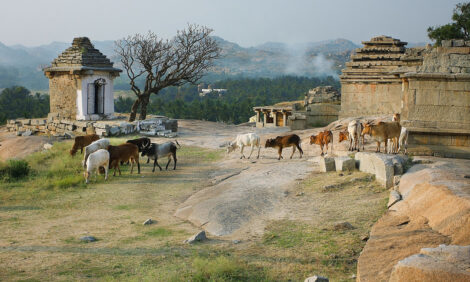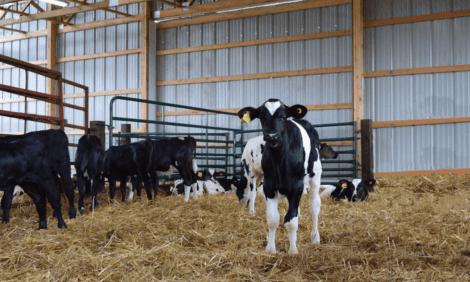



Cull Time: When to Send Her to Market
US - Sending cows ‘down the road’ is a tough decision but one that can be guided by trusted judgements, data and a useful rule of thumb, US cattlemen are hearing.Great responsibility rests on staff working the chute, making fast decisions on body condition and teeth as indicators, but producers can also use the twelve-year rule.
Reproductive performance markedly diminishes past the age of twelve, one University of Oklahoma cattle expert has warned this month.
In an extension newsletter, Dr Glenn Selk explained that cow reproductive performance has been shown to remain consistent until eight years of age, with a ‘small decline’ to ten years.
A steeper decline was noted between ten and twelve years.
Referencing a University of Florida study of 34,500 Brahman influenced cattle, Dr Selk emphasised that study cattle were not pampered and that the data set is one of the most comprehensive on the subject.
However, there is huge variation in cow longevity.
Geography, geology, breed and management style are all major factors at play, added Dr Selk.
“Region of the country and soil type may affect how long the teeth remain sound and allow the cow to consume roughages such as pasture and hay,” he advised.
For Dr Kris Ringwall, beef expert at North Dakota State University, pushing a cow for another year is sacrificing body weight at a time when the animal is costing you more.
“As condition and body weight decline, so does value, but managerial inputs and labour increase,” said Dr Kris Ringwall.
“The bottom line is that cows need to survive, produce and repeat the cycle yearly, with no additional pampering - no exceptions.”
Data is ‘critical’ to assist decisions, especially in filtering out ‘good looking’ cows that don’t produce, he added.
“Performance data is key to moving a herd forward,” said Dr Ringwall.
“However, in reality, for many reasons, performance data tends to be a long way down the priority list.”
He added that unproductive cows are not much better than open cows.
Dubbing them ‘freeloaders’ he suggested producers take the time to weed out certain cows, with money saved on funds freed up for staff.
Michael Priestley
News Team - Editor
Mainly production and market stories on ruminants sector. Works closely with sustainability consultants at FAI Farms



